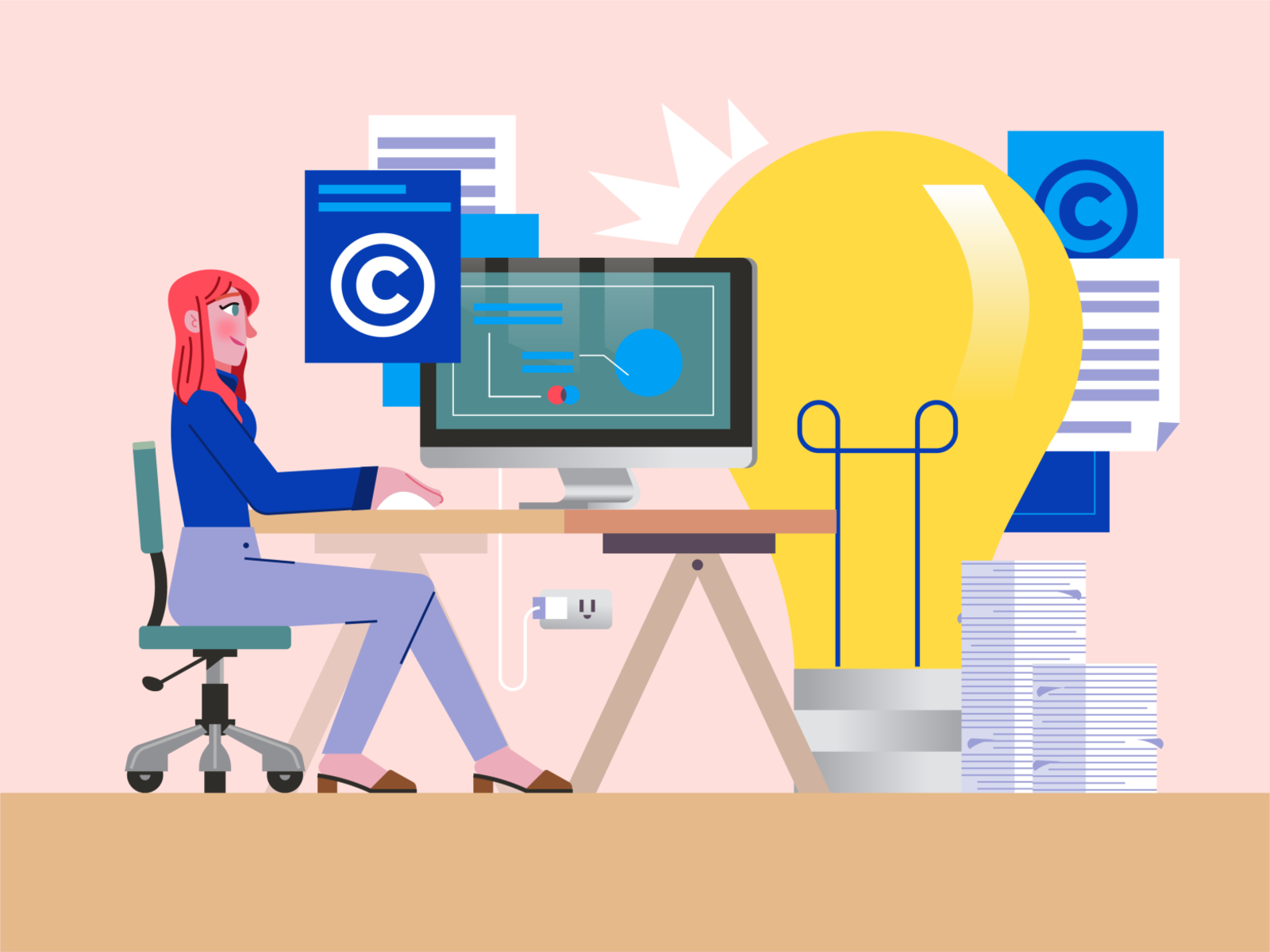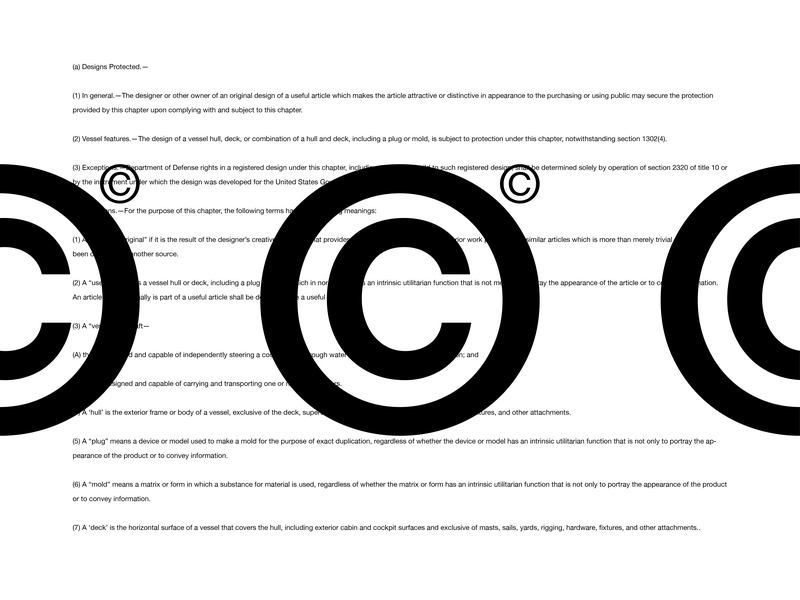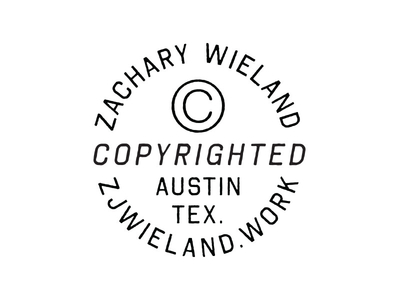Guest author Nahla Davies shares a guide to copyright infringement so you can protect yourself and your clients from any potential fines and penalties.
We live in a digital age where many creatives are choosing to become self-taught graphic or web designers due to the numerous career opportunities that now exist. However, this has also resulted in a growing number of challenges when it comes to copyright infringement. Copyright infringement is a major element of design that any new designer needs to be aware of in order to avoid potential fines and penalties.
In this article, we’ll dive into what copyright infringement means, and how you can avoid it so you stay on the right side of the law.
What is copyright infringement?
Many people confuse copyright with trademarks, which is understandable considering they essentially offer the same protections. However, copyright applies to intellectual or creative work, whereas trademarks apply to names and brand identities.
According to the Copyright Office of the United States, copyright infringement is “when a copyrighted work is reproduced, distributed, performed, publicly displayed, or made into a derivative work without the permission of the copyright owner.”
Essentially, copyright infringement happens when someone publishes another individual’s work without properly crediting them. In the design world especially, copyright is extremely important to maintaining the integrity and ownability of a piece of work.
Oftentimes, designers accidentally commit copyright infringement without even realizing it. This is because not every single aspect of design is unique and, occasionally, designers can take a little too much inspiration from others.
With so many new designers constantly entering the field, what are the odds that every single new design will look truly unique? It’s not hard to see how some designers can unknowingly copy others. This can sometimes result in copyright infringement claims and, depending on the outcome, stiff penalties may occur.
Inspiration without copying: How to produce your own original work
How to avoid claims of copyright infringement
First and foremost, every designer’s goal should be to produce unique and original work. Creative inspiration is one thing, but reproducing someone else’s unique concepts (i.e. ideas that aren’t considered obvious or generic)—or going as far as tracing elements of someone else’s work is a completely different story.
The best and easiest way to avoid copyright infringement is to search the internet for the design you are creating. Assuming nothing immediately pops up on the screen, you’re probably safe to go ahead and work on developing your design.
However, it’s worth noting that there are certain situations in which you can use someone else’s work without needing to worry about crediting them properly. That doesn’t mean you can claim their work as your own, but it simply means you won’t run into copyright infringement if you reference their work.
The example most useful for designers is the parody clause of the Fair Use Doctrine. Under this clause, an author may imitate another’s work in an exaggerated way, so long as something new is taken away by a viewer. But as a general rule of thumb, assume the work you are looking at for inspiration is copyright protected, and that pulling ideas may result in an accusation of copyright infringement.
Should you copyright your work?
You may be cautious now about drawing inspiration from other designers, but what about your own work? Getting your own work copyrighted is a smart way of protecting the rights you have.
Copyright infringement laws are constantly being updated for the same reason new data privacy laws have been enacted. Anyone from anywhere in the world may stumble across your work or information and could attempt to claim it as their own. Additionally, if someone would like to redistribute your work, you may find yourself in the fortunate position of receiving an offer to purchase the rights to your designs.
As discussed, web design is a growing field that contains a high number of talented professionals. Yet, here’s the problem: Some of the most commonly used tools in web design include Adobe or Sketch. Web designers can use different techniques within these tools, which is what makes them so versatile. But another designer may see your work and copy the technique you used. With this in mind, it’s possible they could create something that resembles your own designs a little too closely.
The internet is a vortex of data. Your published work may end up on someone’s desktop all the way across the world and you would be none the wiser. Having copyright protection on your work can stop them from profiting in this situation.
While copyright laws work differently depending on the specific design field you are in, the process of requesting a copyright registration is the same. You simply file an application form along with a non-returnable copy of your work, and the Copyright Office of the United States will determine whether or not you will receive an approval.
Conclusion
Whether you are a seasoned veteran or tackling design for the very first time, copyright and copyright infringement are two important topics that you need to know about. The first step to knowing what to do if your design work is stolen is recognizing what protections you may have and how to use them.
Depending on the exact field of design you are in, copyright regulations may vary. For the most part, it’s always best to familiarize yourself with those rules before tackling any design projects. Having any type of ownership over your designs can give you powerful leverage in a negotiation, and can set up lucrative purchasing deals if clients want the rights to your work ■
About the Author: Nahla Davies is from Brooklyn, New York. Since 2015, she has worked with enterprise clients around the world developing RegTech protocols and best practices. She shares her insights at nahlawrites.com. Follow Nahla on LinkedIn.
Find more Community stories on our blog Courtside. Have a suggestion? Contact stories@dribbble.com.











